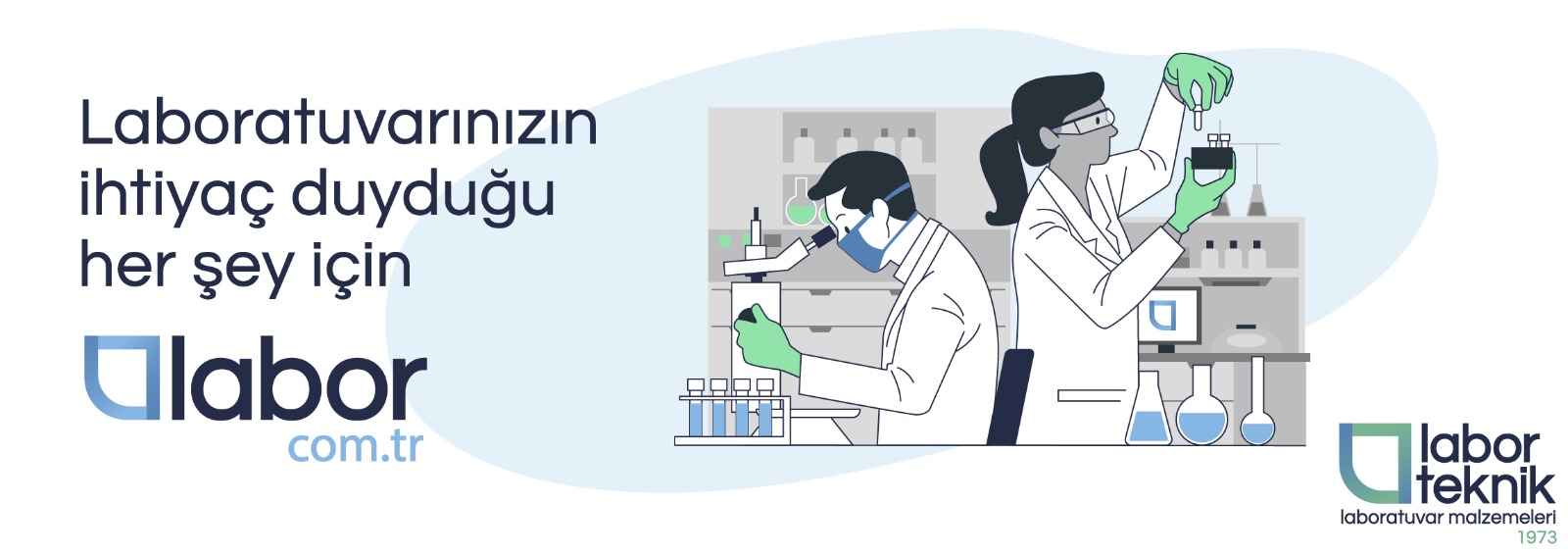Sigma-Aldrich C9617 Carnosol 5 mg
Marka
Stok Kodu
LB.SA.C9617-5MG
Kısa Bilgi
Synonym(s): Picrosalvin Empirical Formula (Hill Notation): C20H26O4 CAS Number: 5957-80-2 Molecular Weight: 330.42 MDL number: MFCD02752467 PubChem Substance ID: 329775081 NACRES: NA.25
| Sigma-Aldrich C9617 Carnosol 5 mg |
|
Synonym(s): Picrosalvin
Empirical Formula (Hill Notation): C20H26O4
CAS Number: 5957-80-2
Molecular Weight: 330.42
MDL number: MFCD02752467
PubChem Substance ID: 329775081
NACRES: NA.25 |

|
PROPERTIES
biological source Rosemarinus officinalis L.
form powder
shipped in dry ice
storage temp. −20°C
SMILES string CC(C)c1cc2[C@@H]3C[C@H]4C(C)(C)CCC[C@]4(C(=O)O3)c2c(O)c1O
InChI 1S/C20H26O4/c1-10(2)11-8-12-13-9-14-19(3,4)6-5-7-20(14,18(23)24-13)15(12)17(22)16(11)21/h8,10,13-14,21-22H,5-7,9H2,1-4H3/t13-,14-,20+/m0/s1
InChI key XUSYGBPHQBWGAD-PJSUUKDQSA-N
DESCRIPTION
General descriptionG
Carnosol (CAR) is an ortho-diphenolic diterpene, extracted from the Mediterranean dietary herb Rosmarinus officinalis L. (rosemary).[1] It was first isolated from the Salvia carnosa (Sage) plant.[1] Carnosol is also a pro-electrophilic molecule.[2]
Application
Carnosol has been used as an anti-cancer agent:
- to test its anti-cancer and anti-proliferative activities on cancer stem-like cells (CSCs)[3] and Glioblastoma multiforme (GBM) cells[3][4]
- to inspect its anti-carcinogenic effects on nineteen genes involved in up-and down-regulation of different genetic carcinogenesis pathways and on HeLa cells in human cervical cancer model[5]
- as a reference standard to identify and quantify the metabolites of rosemary extract using liquid chromatography coupled to tandem mass spectrometry (LC/ESI-MS/MS)[6]
Biochem/physiol Actions
Carnosol together with carnosic acid (CA) accounts for 90% of the antioxidant activity of rosemary leaves.[2] It exerts neuroprotective properties and protects against neuroinflammation[2], and oxidative stress-induced brain damage under chronic stress conditions.[7] Carnosol is a strong chemo-therapeutic agent studied for several types of cancer like breast, leukemia, skin, prostate, and colon.[1][8] It is also an antimicrobial agent.[9] A phenolic diterpene with antioxidant and anticarcinogenic activities. |




